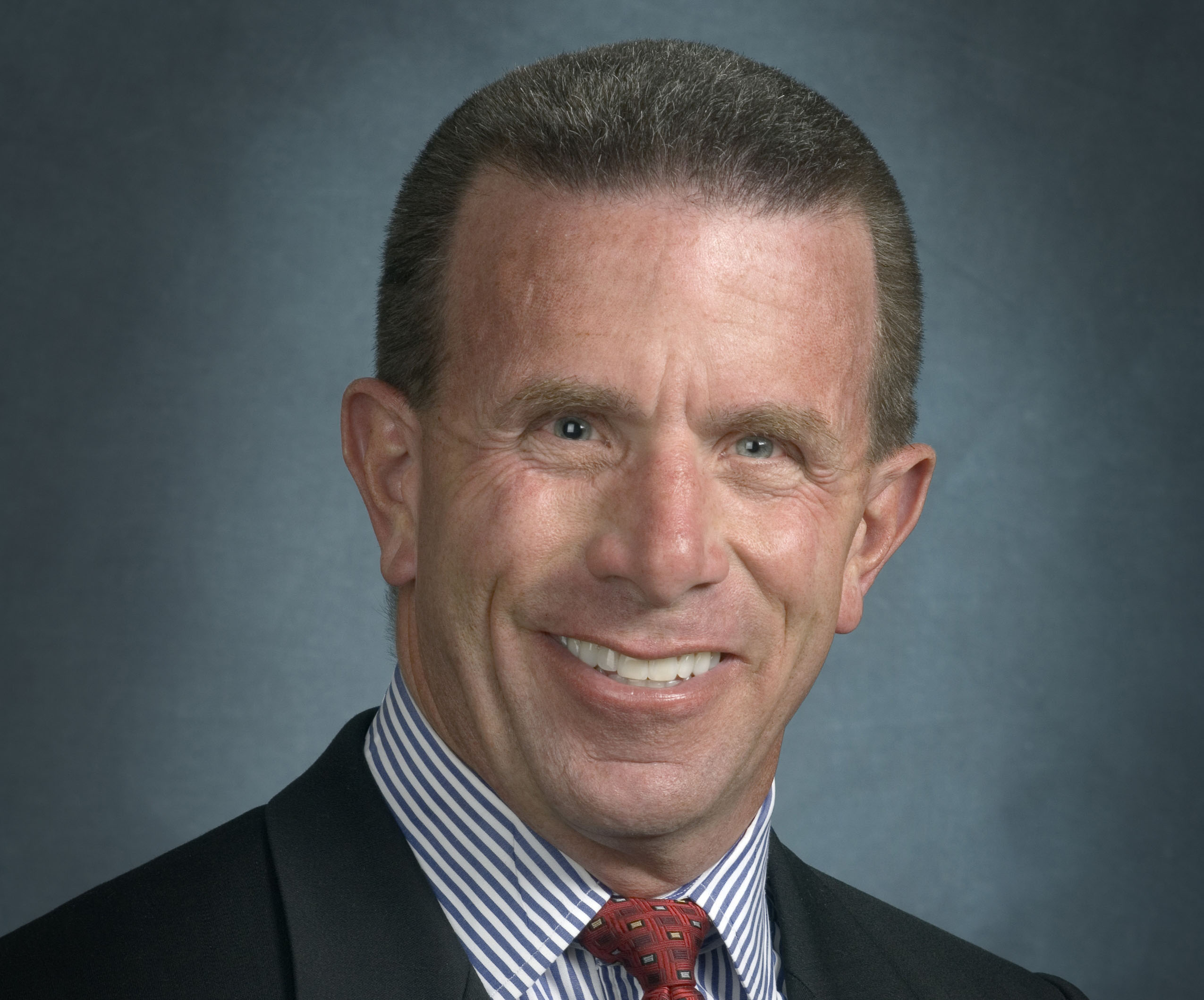Champions of Change Blog
Overcoming Society’s Barriers to Bring Mobility to the World
Posted by on May 7, 2012 at 11:15 AM EST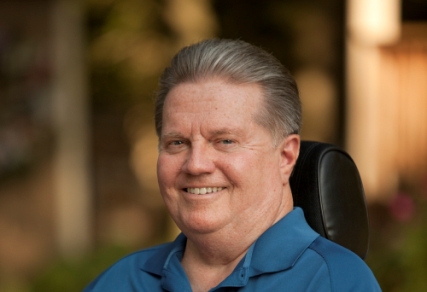
Ralph Braun is being recognized as a Champion of Change for leading education and employment efforts in science, technology, engineering and math for Americans with disabilities.
I was diagnosed with muscular dystrophy when I was just six years old. Doctors told my parents I’d only live to be a young teenager. They encouraged my parents to leave me behind to be studied and to be institutionalized. Fortunately, my parents refused.
Years later, we discovered that the doctors had diagnosed me with the wrong type of MD. Eventually the disease took away my strength, just not as quickly as the doctors had originally thought. By the time I was 13, I was relying on piggyback rides from my dad to get out of my wheelchair and into the backseat of my family’s car. Back then accessibility simply did not exist. My parents fought our local school board to have an elevator installed in our brand new high school; and they lost. My classmates had to carry me to many of my classrooms. Nothing came easily, but my parents never let me feel sorry for myself.
I wanted an education, a career and a family – I just had to work a little harder at it. With the help of my family, I invented a motorized scooter (I called it the Tri-Wheeler) so I could conserve energy. The Tri-Wheeler is what allowed me to maintain my job as a Quality Control Inspector at a nearby factory. When that factory moved several miles from my home, I had to figure out a way to get to and from my job no matter the distance or the weather.
Providing Literacy for Informed Citizenry through Braille
Posted by on May 7, 2012 at 11:05 AM EST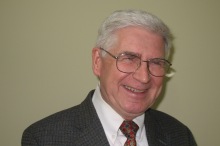
Joesph Sullivan is being recognized as a Champion of Change for leading education and employment efforts in science, technology, engineering and math for Americans with disabilities.
I am deeply touched and honored to be named a Champion of Change for work that I enjoy doing -- towards improving opportunities for blind persons through literacy. This speaks to the high value that our great country places upon literacy for an aware and educated citizenry, not only within our own borders but throughout the world.
It was a blind man, Bob Gildea, who got me "hooked" on braille in 1969, enlisting me as a computer programmer on a joint MIT-Mitre Corporation project that allowed teachers within the Atlanta schools to have materials quickly translated into braille for blind students integrated into regular classes. At first I thought it interesting mainly because of the technical challenges, as the relationship between print and braille is surprisingly complex and different for every language and type of notation under the sun, from Arabic to Zulu and from math to music. I still enjoy addressing those challenges through our little company, Duxbury Systems, Inc., which specializes in software for braille worldwide.
Beyond Challenges: Biological Sciences and Civic Engagement
Posted by on May 7, 2012 at 11:00 AM EST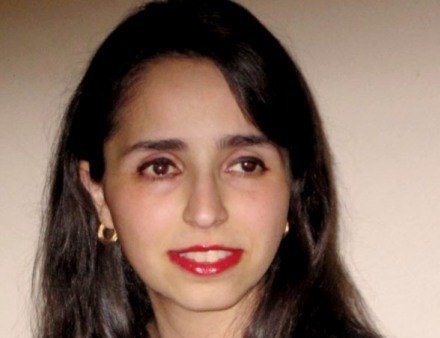
Nasrin Taei is being recognized as a Champion of Change for leading education and employment efforts in science, technology, engineering and math for Americans with disabilities.
I aspire to use the opportunities provided to me by this great nation to make scientific advances for the benefit of others. My passion in science led me to explore the astonishing world of biochemistry and how it influences millions of lives each day. Hypertrophic cardiomyopathy (HCM), a heart-related abnormality, is the most common cause of sudden death in young athletes at sporting events. Oftentimes, there are no warning signs. As a contributor to Professor Douglas Root’s University of North Texas biological sciences investigative team, I have developed a model peptide system that can serve to test potential candidate drugs that ameliorate the structural effects of heart-disease-causing mutations such as HCM and to characterize the mutations causing this disease.
My experiments make use of sophisticated spectroscopy measurements of resonance energy transfer, to help gauge the accuracy of computational simulations of protein dynamics. I use these methods to measure precisely the stability changes in this protein following the addition of such compounds as antibodies that bind to the affected region. I hope to find a small molecule drug that will change the stability of this part of the myosin protein to counteract the destabilizing effects of the disease-causing mutations. Other members of my laboratory will use techniques such as force spectroscopy and single-molecule assays to further investigate the compounds that I screen, providing a more complete picture of the actions of these compounds. My goal is to have at least one of these compounds save the lives of some of the people affected by HCM.
Restoring the Past, Preapring for the Future: Recovery after Natural Disaster
Posted by on April 25, 2012 at 11:53 AM EST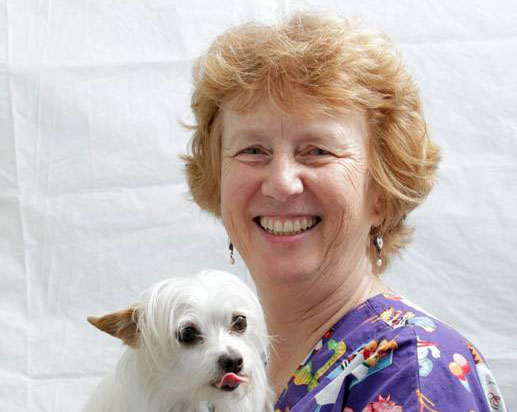
Jackie Cole is being recognized as a Champion of Change for her innovative energy priorities and sustainable living practices making a greener community a possibility in any American city or town.
Hurricane Ike made landfall at Galveston Island September 13, 2008, flooding 75 percent of the buildings and killing an estimated 40,000 trees, about 50 percent of our total urban canopy. The majority died from salt water poisoning. A small group of volunteers worked through the shock of the disaster to guide the selection of trees for removal, responsible disposal of dead wood and replanting.
When so many trees are lost in a disaster, it becomes clear that trees are as critical as any of our other infrastructure. They can no longer be considered landscaping or beautification but as critical to urban living.
After the initial cleanup, the community and FEMA waited until spring to evaluate the health of the trees. It was evident that the majority of the trees had died.
Rivers are the Link from Our Past to Or Future
Posted by on April 25, 2012 at 11:40 AM ESTJeff Shoemaker is being recognized as a Champion of Change for his innovative energy priorities and sustainable living practices making a greener community a possibility in any American city or town.
The Greenway Foundation originated in 1974 as the Platte River Development Committee, formed after Denver’s massively destructive flood of the South Platte River in 1965. The Greenway Foundation initiated more than just flood control and waste cleanup – the Foundation accomplished the resurrection of the South Platte River and its surrounding area from a virtual cesspool to a place of environmental and recreational pride for the citizens of Denver. Since 1974, the Greenway Foundation has partnered with the City and County of Denver to create 20+ riverside parks, numerous whitewater boat chutes, and a nationally recognized urban trail system, collectively known as the South Platte River Greenway. In addition, The Foundation provides environmental education to Denver Public Schools elementary students and mentors diverse, underserved high school students while employing them as environmental educators and doing habitat restoration on the river.
Learn more about , Energy and Environment, ServiceEnvironment Prep: Teaching the Next Generation to Take the Lead
Posted by on April 25, 2012 at 11:40 AM EST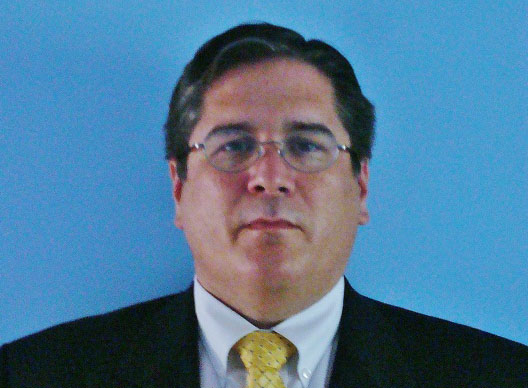
Brian Kasher is being recognized as a Champion of Change for his innovative energy priorities and sustainable living practices making a greener community a possibility in any American city or town.
Being honored as a White House Champion of Change is indeed an honor, but in turn also serves as recognition for the broader efforts of the regional community including Charlotte Mecklenburg Schools (CMS) students and staff, Mecklenburg County Environmental Leadership Team, City of Charlotte Environmental Cabinet, numerous associations, advocacy groups, public private partnerships and more. Through collaboration and teamwork the CharMeck region continues to make strides in environmental protections and improvement.
Greening our cities and towns requires a targeted approach in public school systems to achieve meaningful health benefits to our children united with substantial savings to the taxpayer and improvements for the larger community. School systems very often have the largest environmental footprint under local public auspice. Metrics such as the number of daily occupants, size of built environment, acreage, utility consumption, fleet fuel consumption and emissions, purchasing volume, number of meals served and more illustrate the significant scale of public school system commons within the community.
- &lsaquo previous
- …
- 114
- 115
- 116
- 117
- 118
- 119
- 120
- 121
- 122
- …
- next &rsaquo
White House Blogs
- The White House Blog
- Middle Class Task Force
- Council of Economic Advisers
- Council on Environmental Quality
- Council on Women and Girls
- Office of Intergovernmental Affairs
- Office of Management and Budget
- Office of Public Engagement
- Office of Science & Tech Policy
- Office of Urban Affairs
- Open Government
- Faith and Neighborhood Partnerships
- Social Innovation and Civic Participation
- US Trade Representative
- Office National Drug Control Policy
categories
- AIDS Policy
- Alaska
- Blueprint for an America Built to Last
- Budget
- Civil Rights
- Defense
- Disabilities
- Economy
- Education
- Energy and Environment
- Equal Pay
- Ethics
- Faith Based
- Fiscal Responsibility
- Foreign Policy
- Grab Bag
- Health Care
- Homeland Security
- Immigration
- Innovation Fellows
- Inside the White House
- Middle Class Security
- Open Government
- Poverty
- Rural
- Seniors and Social Security
- Service
- Social Innovation
- State of the Union
- Taxes
- Technology
- Urban Policy
- Veterans
- Violence Prevention
- White House Internships
- Women
- Working Families
- Additional Issues

